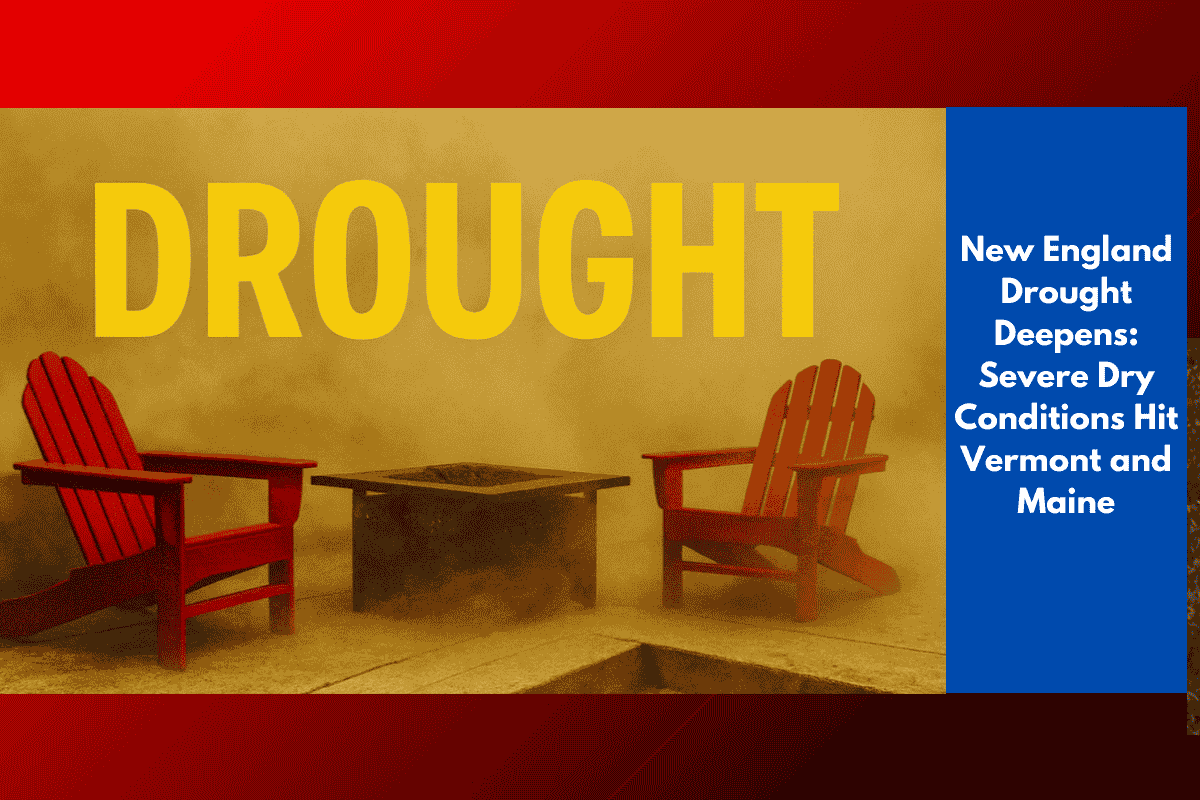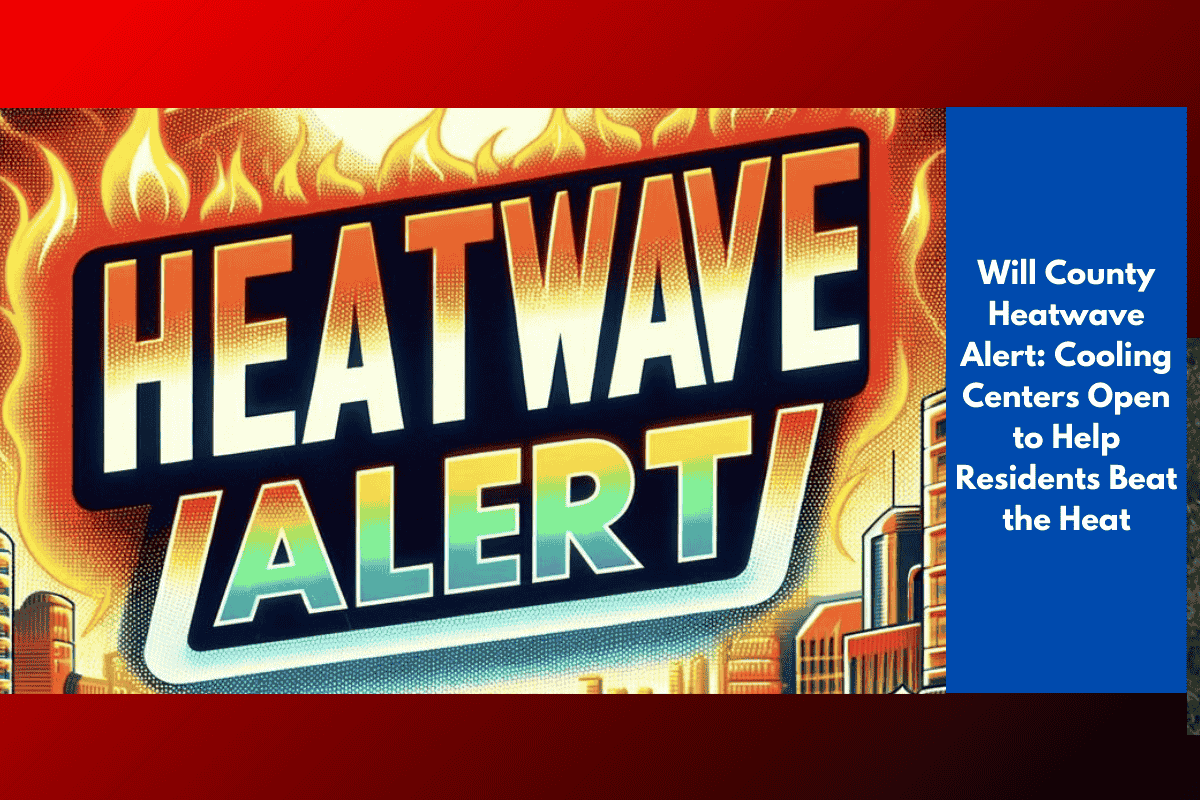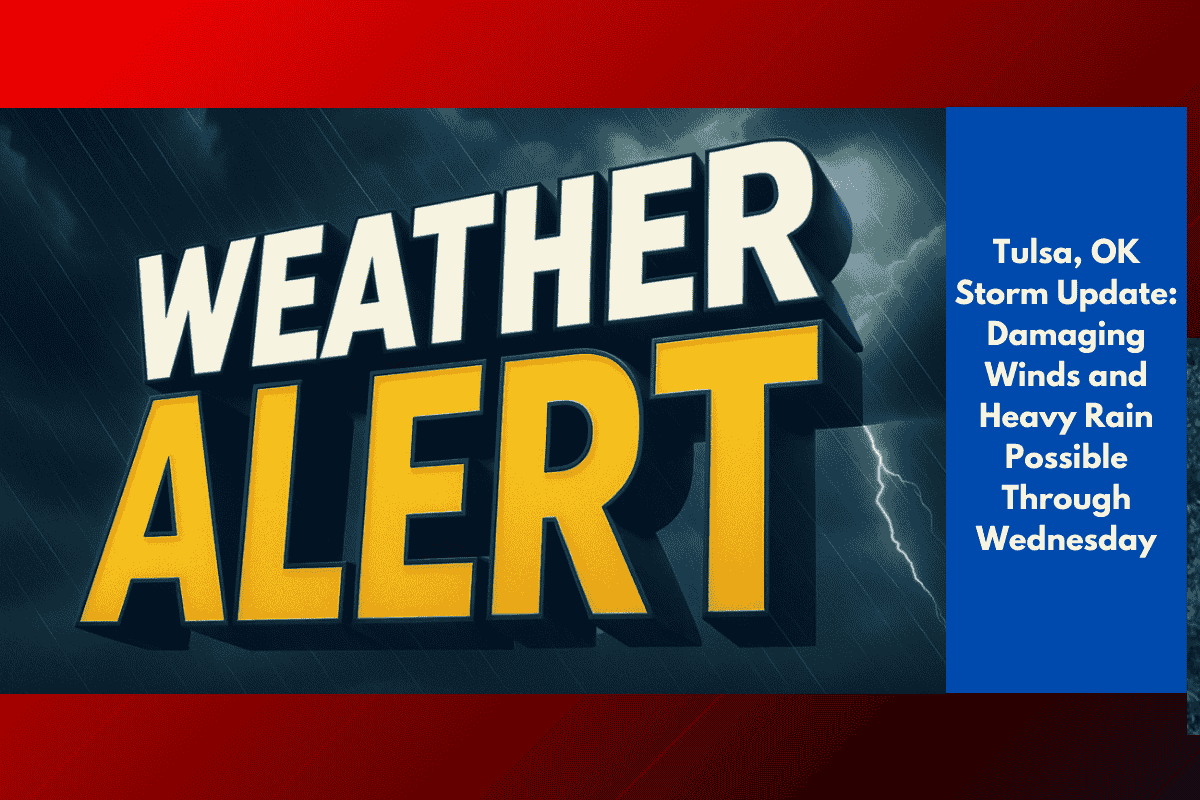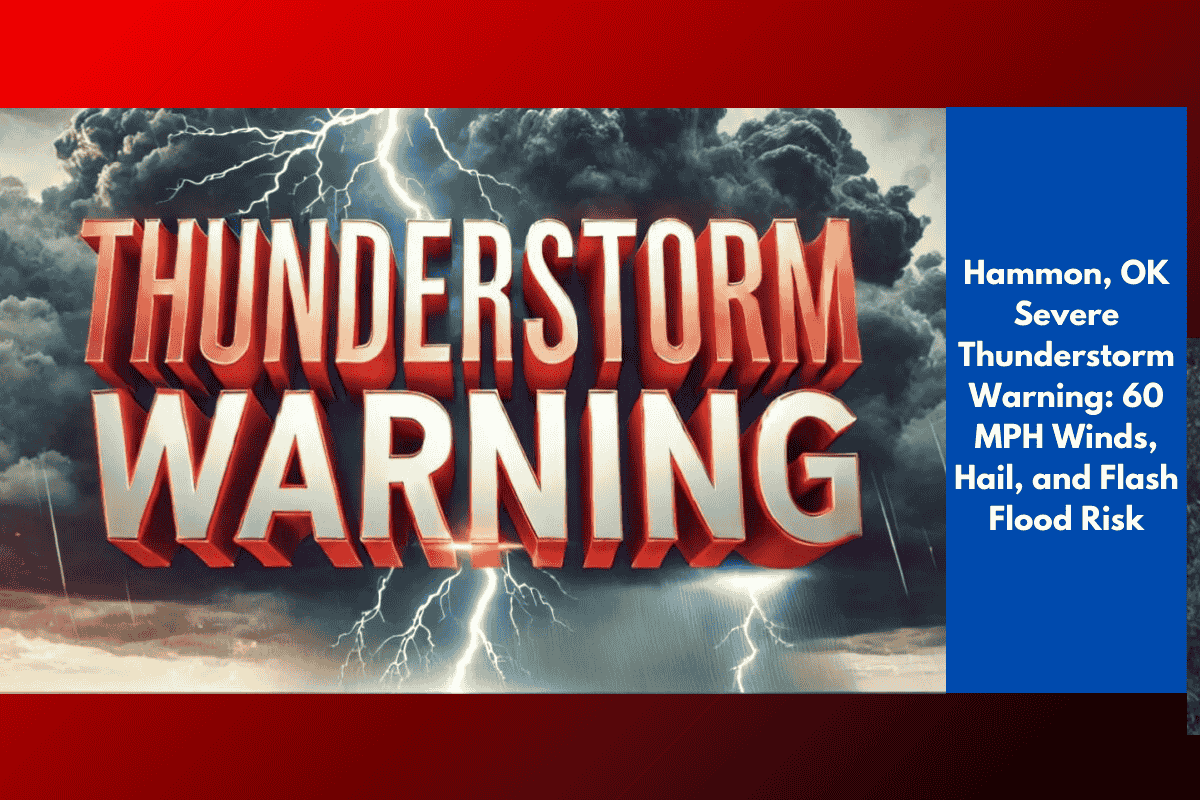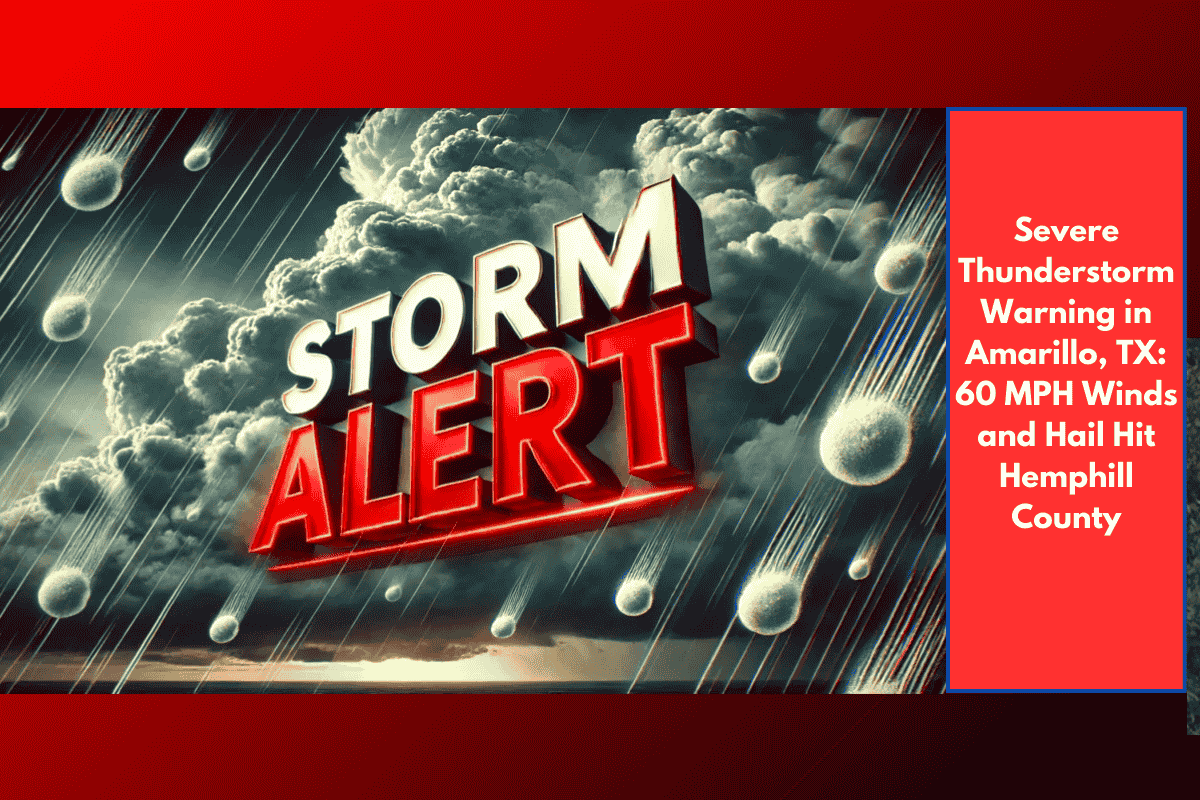The northeastern U.S. is facing intensifying drought conditions, with parts of Vermont and Maine now experiencing severe drought levels, according to the U.S. Drought Monitor update released Thursday, September 11, 2025. As rainfall remains scarce and dry weather continues, farmers, local officials, and residents across New England are being urged to prepare for the growing impact of the drought.
Current Drought Conditions Across the Region
According to the National Weather Service in Burlington, much of northern New England, including Vermont, Maine, and New Hampshire, is now experiencing moderate to severe drought.
Here’s a breakdown of the current classifications:
| Drought Level | Location |
|---|---|
| D2 – Severe Drought | Central Vermont |
| D1 – Moderate Drought | Eastern Vermont, large parts of Maine, parts of NH |
| D0 – Abnormally Dry | New York, Connecticut, Massachusetts, Pennsylvania |
| Other Areas Affected | Western Pennsylvania, parts of Maryland under D1 (moderate drought) |
These classifications are part of the U.S. Drought Monitor system, which tracks drought severity weekly and provides crucial information for farmers, water resource managers, and emergency planners.
What Severe Drought Means for New England
Severe drought (D2) is more than just dry grass or browning trees. It can lead to:
Crop stress and yield losses for farmers
Lower groundwater and reservoir levels
Water restrictions for communities and households
Increased wildfire risk, especially as dry leaves pile up in fall
Weakened fall foliage season, as trees lose vibrancy due to stress
These drought effects are already being felt in Vermont’s agricultural zones, where soil moisture is quickly disappearing. In Maine, streams and small rivers are running lower than normal, with some towns already issuing water-use advisories.
Dry Weather Impact Extending Beyond New England
The drought isn’t limited to the Northeast. Areas across western Pennsylvania, New York, and parts of Maryland are also experiencing moderate to abnormally dry conditions. This has raised further concerns about regional water supply stability, especially as water demand rises during harvest and leaf-peeping season.
What You Can Do Now
With no major rainfall in the forecast, residents and businesses are encouraged to conserve water and prepare for long-term dry conditions. Here are a few simple actions that help:
Limit lawn watering to early morning or late evening
Use mulch around plants to retain soil moisture
Fix leaks in hoses, taps, and irrigation systems
Follow local advisories on water use restrictions
Avoid outdoor burning, especially in forested areas
The Outlook Ahead
If rainfall remains low, the drought could intensify further through September and October. Experts warn that unless the pattern shifts, groundwater levels could drop further, potentially affecting private wells and municipal supplies.
The U.S. Drought Monitor will continue to update drought levels each week, and the National Weather Service will provide alerts and forecasts as needed. Residents are encouraged to stay informed and proactive, especially as fall wildfire risk becomes more prominent.
With large portions of New England now facing moderate to severe drought, the region is entering a critical period for water conservation and drought management. While the scenery may still look green in places, the underlying soil and water resources are under stress. As rainfall remains scarce, now is the time for communities to act, residents to conserve, and officials to plan for potential long-term drought effects this fall.

